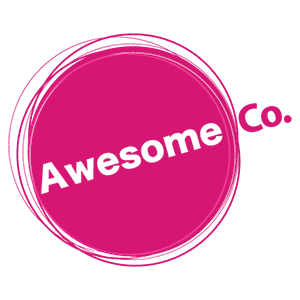Website functionality is very important to think about early on in the web design process. People often start conversation with “I’m looking for a new site. How much do you charge?” The answer is always the same, “Depends on what you are looking for.”
The good news is that we can build a website to do almost anything. The bad news is that it may take too long and cost way too much. That’s why it’s important to discuss the desired website functionality as well as timelines and budgets early in the website design process.
The most effective way to approach the topic of website functionality is from the ground up. Think about the main purpose of the site. Is it to sell? To inform? To build credibility? Chances are it’s a bit of everything, but there should be one main purpose, and that should drive the required website functionality. That main purpose will depend on who visits your website and how do they find it in the first place. You could have a website that relies on SEO and online marketing to drive traffic and is the first point of contact between a prospect and your company. Or you could have a website where you send people who you already connected with so that they can find more information and customize their order. Or you could have a website that is aimed at primarily providing support for your established clients. A website is one of the components of a larger marketing plan, so it’s important to know where it fits and what purpose it’s supposed to fulfil, and what is the required website functionality to accommodate that purpose.
Once you identify who is coming to the website and why, write a ‘client story’ narrative. This is a description of the experience of visiting your website from the customer’s point of view, and will help identify required website functionality. Here’s a very brief example:
“I land on the home page as I am looking to find out more information about the product that I saw a commercial for on Youtube. I navigate to the product through the categories to read the description, sizes, and prices. I can see reviews from other customers. I can buy a product if I want to from the product page.”
If you are selling products, then there would be a website administrator dealing with order fulfilment. You should also write a narrative from their point of view and make that part of the desired website functionality. In fact, you should have a narrative for every type of user of the website. For a simple information based website that narrative is pretty simple and can only be from the customer’s point of view. Thinking about the experiences people will have on your website in detail will help identify the required components and website functionality.
After you complete the narratives, you can start defining the website functionality by creating a more itemized list of features and functions that you want your website to have. Some of the examples include:
- content management system
- contact form
- estimate form
- newsletter signup
- social media integration
- online store
- credit card processing
- member area
- file download
- file upload
- appointment booking
- event calendar
By no means is this list exhaustive. Once you have your list of desired website functionality, rank it in order of importance and priority. That way you’ll know what aspects of website functionality are a must have and what can be added later as time and budget permits.
